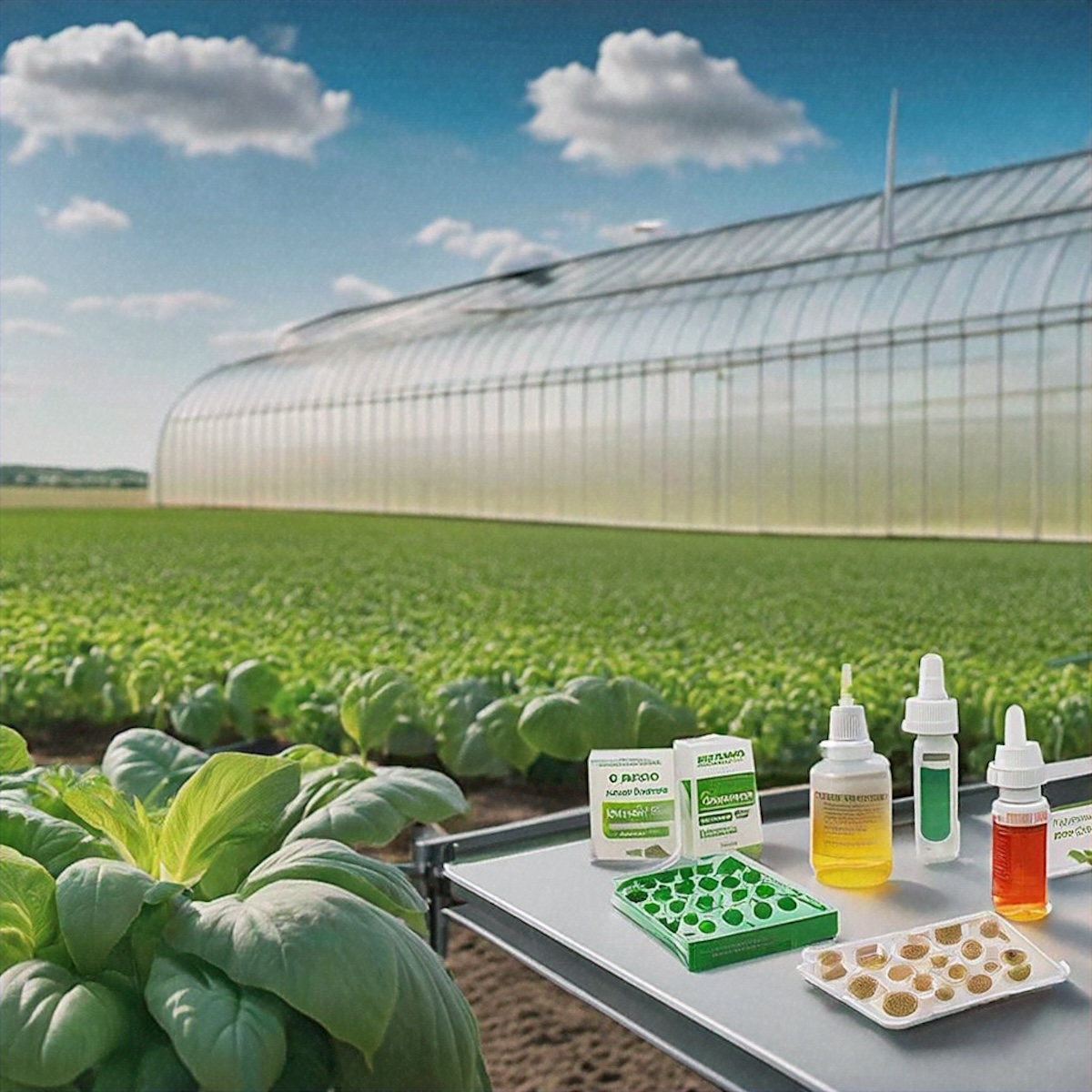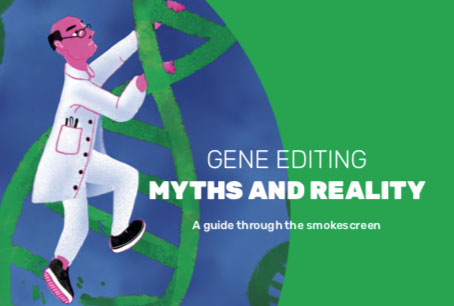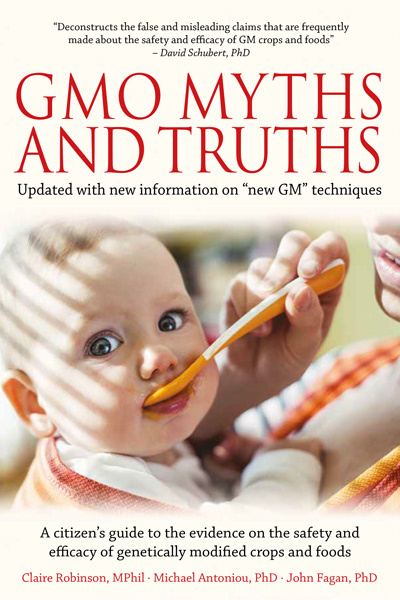 Commentary by Third World Network
Commentary by Third World Network
A recent review by researchers from Environment Agency-Austria, Austrian Academy of Sciences and the German Federal Agency for Nature Conservation identifies critical biosafety and wider governance risks of environmental applications of genetically modified microorganisms (GMMs), including those developed by genome editing. It focuses on two case studies of commercialised applications: 1) GM microalgae for biofuel production and 2) GM soil bacteria for increased nitrogen fixation.
GMMs are “fundamentally different to GM higher organisms”, raising specific challenges. Their microscopic size complicates detection of their environmental presence, hindering assessment and monitoring of their survival following intended or accidental release. Bacteria and microalgae also readily exchange DNA via horizontal gene transfer, raising the risk of spread of both intended and unintended engineered sequences and traits. Moreover, bacteria are capable of rapid genetic change, with the potential for evolutionary adaptation, providing “new opportunities to evolve, adapt, and spread”. Genetic instability cannot be controlled for following release, a feature common to GMMs. Characteristics such as fitness, genetic stability, fluidity, and persistence are all issues that are crucial to assessing adverse consequences and long-term impacts, yet standardised protocols for risk assessment are lacking.
The two cases illustrate the potential of GMMs to impact a range of ecosystems functions, including animals (and humans) and their microbiomes. However, the lack of current understanding around complex ecological interactions in the receiving environments, and the residing microbial communities, makes predicting impacts challenging, with increased uncertainties. As the review states, “This poses significant challenges for problem formulation and the ability to derive testable risk hypotheses for ERA and the development of appropriate testing and monitoring methods”.
Broader sustainability analyses looked at the suitability of these products in achieving their claimed sustainability and efficacy goals e.g. reducing emissions for algal biofuel products, and reducing synthetic nitrogen fertilizers, for the GM soil bacterial product. The study identified more complex questions around their potential viability in achieving their purported goals. For example, the GM bacteria for nitrogen production would “fall short of achieving EU policy targets” for reducing nitrogen fertilizer use.
Technology assessments would additionally encompass social, ethical, legal, social, cultural, ecological, health and economic dimensions. For the biofuels application, such assessments suggest that GM algae would be economically unattractive due to their sensitivity to environmental conditions; the potential for genetic changes and adaptability with engineering approaches, and further, that “robust containment is rather unrealistic”.
The authors conclude that there are significant challenges associated with the risk assessment and the governance of GMM applications in the environment. As such, they provide recommendations for updating current risk assessment approaches, as well as for the need for broader sustainability analysis and other methods of technology assessment that would support decision making and address societal concerns.
This commentary was first published by Third World Network
---
Environmental applications of GM microorganisms: Tiny critters posing huge challenges for risk assessment and governance
Michael F. Eckerstorfer, Marion Dolezel, Marianne Miklau, Anita Greiter, Andreas Heissenberger, Karen Kastenhofer, Freya Schulz, Kristin Hagen, Mathias Otto and Margret Engelhard
Int. J. Mol. Sci. 2025, 26(7), 3174; https://doi.org/10.3390/ijms26073174
https://www.mdpi.com/1422-0067/26/7/3174
Abstract
In recent years, the interest in developing genetically modified microorganisms (GMMs), including GMMs developed by genome editing, for use in the environment has significantly increased. However, the scientific knowledge on the ecology of such GMMs is severely limited. There is also little experience at the hands of regulators on how to evaluate the environmental safety of GMMs and on how to assess whether they provide sustainable alternatives to current (agricultural) production systems. This review analyzes two different GMM applications, GM microalgae for biofuel production and nitrogen-fixing GM soil bacteria for use as biofertilizers. We assess the challenges posed by such GMMs for regulatory environmental risk assessment (ERA) against the background of the GMO legislation existing in the European Union (EU). Based on our analysis, we present recommendations for ERA and the monitoring of GMM applications, and in particular for the improvement of the existing EU guidance. We also explore whether existing approaches for technology assessment can provide a framework for the broader assessment of GMM applications. To this end, we recommend developing and implementing an evidence-based sustainability analysis and other methods of technology assessment to support decision making and to address broader societal concerns linked to the use of GMM applications in the environment.
Image: Shutterstock (licensed purchase)










